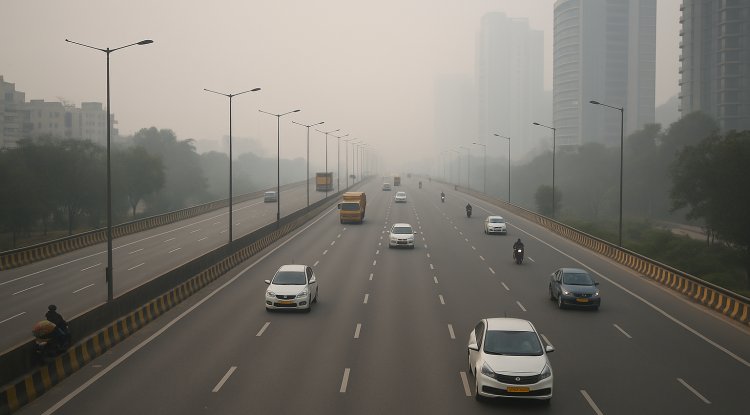Omani Students Propose Footstep-Powered Walkways to Generate Electricity
Sultan Qaboos University students propose kinetic energy sidewalks to generate electricity from footsteps in Oman. The plan targets airports, malls, and parks, combining kinetic and solar energy for urban sustainability and renewable power.

Certain students at Sultan Qaboos University (SQU) have suggested the integration of kinetic energy sidewalk systems in Oman. Their project intends to harness the energy of the movement of pedestrians and channel it to electricity that will be made available as renewable energy for the country in order to decrease the country's dependency on fossil fuels.
The idea revolves around the integration of specialized tiles or panels inside walkways. When individuals walk on these pathways, walking mechanical load is translated into electricity power. This type of green electricity is utilized for various purposes like illuminating public spaces, powering electronic devices, or finishing adjacent building power grids. This technology may have been applied practically in various foreign cities, but it is still not a commonly discussed issue in Oman.
One of the SQU College of Economics student leaders put an estimate of available electricity output from these devices and concluded that high-traffic spots such as shopping malls, airports, and parks were the most suitable. Muscat International Airport with round-the-year passenger movements was being suggested as a pilot site during negotiation with the Oman Investment Authority and other technology bodies.
To further increase the scope of the project, the students are also engaged in bringing solar power technology into combination with the kinetic system. The hybrid model will be created to maximize the efficiency and output of the installations, particularly in the urban areas of Oman wherein space for renewable infrastructure is usually a limitation.
In other regions of the world, some cities have incorporated kinetic energy sidewalk technology as part of their efforts to go sustainably. London's Bird Street powers streetlights through the energy generated from footsteps, while in Washington, DC's Dupont Circle, nearby lighting systems are powered through a similar system. British company Pavegen, famous for its use in kinetic flooring, has led in demonstrating the feasibility of this technology.
These examples show how sidewalk kinetic energy systems are becoming integrated into contemporary city infrastructure projects around the world. Not only can these systems provide energy savings, but mass public participation in environmental issues is also achievable. Systems implemented in walkways show concrete proof of what renewable energy is, and thus sustainability is integrated into daily life.
Other than generating energy, the project can also provide new economic opportunities. Its installation and upkeep can create employment in the clean technology industry, and having such easily seen, high-technology projects can bring in foreign and domestic capital.
The students' proposal emphasizes the need for problem-solving from the ground level to solve the world's climate issues. Through emphasis on pedestrian-rich communities and suggesting effective, renewable energy approaches capitalizing on existing infrastructure, the project shows how local problem-solving can address national sustainability goals. The proposal fits into Oman's larger economic diversification and green energy generation efforts as well.
As urban centers expand and energy needs rise, innovations like kinetic energy sidewalks offer an effective, scalable means of capturing and recycling otherwise wasted energy. If adopted, Oman would be among the first nations in the region to implement on a large scale this technology, with a potential leadership role in sustainable city infrastructure in the Gulf.
The Sultan Qaboos University project is a real example of youth innovation that is both financially and environmentally sustainable. With its relentless pursuit of official backing and commercial partnership, the students are laying the foundation for a cleaner and greener energy future in Oman.
Source and Credit:
Original article by Cyrene Oraya Reyes, published on July 22, 2025, through The Independent Observer. Image Credits: Unsplash, Pavegen.
What's Your Reaction?

















